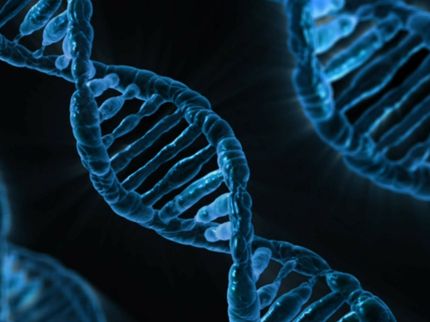How environmental influences could keep the brain young
Advertisement
Stimulating life circumstances keep the "hippocampus" - the control center of memory located in the brain - young, so to speak. This is due to molecular mechanisms that affect gene control. These current findings from studies on mice provide clues as to why an active, varied life can help to maintain mental fitness in old age. Researchers from the DZNE and the Center for Regenerative Therapies Dresden (CRTD) at TU Dresden report on this in "Nature Communications".

geralt / Pixabay
Human DNA - and this also applies to mice - contains thousands of genes. Decisive for the function of a cell and whether it is healthy or not, however, is not only the genetic blueprint, but above all which genes can be switched on or off at all. Ageing, living conditions and behaviour are known to influence this ability to activate genes. This phenomenon - called "epigenetics" - was the focus of the current study. Researchers led by Dr. Sara Zocher and Prof. Gerd Kempermann studied mice that had grown up in different environments. One group of animals experienced a "stimulating" environment with toys and tunnels from an early age. The mice of a second group did not have such occupational opportunities.
Attachments of the DNA
When the scientists examined the genetic material, they found that in those mice that grew up in the stimulating environment, certain chemical markers in the DNA changed only relatively little with age. In mice from the low-stimulus environment, these changes were much more pronounced - in comparison between young and older animals. "We recorded so-called methyl groups, which stick to the DNA, so to speak," explains Gerd Kempermann, spokesperson for the DZNE site in Dresden, DZNE research group leader and also a scientist at the CRTD. "These chemical attachments do not change the genetic information itself. Rather, they influence whether individual genes can be activated or not."
Plastic brains
Such "epigenetic marks" tend to decrease with age, but in the animals with stimulus-rich lives, the decrease in methyl groups was comparatively small. So in old mice from varied environments, gene activity had, in a sense, remained young. This particularly affected a number of genes important for the formation of new neurons and cellular connections in the hippocampus. "These animals epigenetically retained a younger hippocampus," Kempermann said. As a result, the brains of these mice were more malleable - experts refer to this as greater "neuroplasticity" - than those of conspecifics of the same age that had developed in a low-stimulus environment.
No behavioural experiments were carried out in the course of the current study. However, Kempermann said, it is known from many other studies that mice raised in a high-stimulus environment perform better on memory tests than those from low-stimulus environments. "The suggestion is that this mental fitness is due to the stabilization of methylation patterns that we have now established," the neuroscientist says. "The question, of course, is to what extent our observations also apply to humans. Here, the situation is probably more complicated. After all, we are talking about how life circumstances influence behavior, and a human's response to external stimuli is far more complex than in mice. But we have good reason to believe that the basic epigenetic principles are the same in humans as in mice."
Note: This article has been translated using a computer system without human intervention. LUMITOS offers these automatic translations to present a wider range of current news. Since this article has been translated with automatic translation, it is possible that it contains errors in vocabulary, syntax or grammar. The original article in German can be found here.


























































